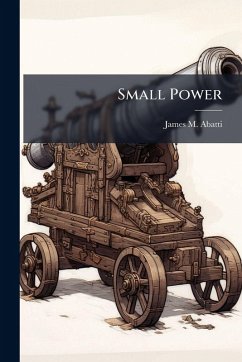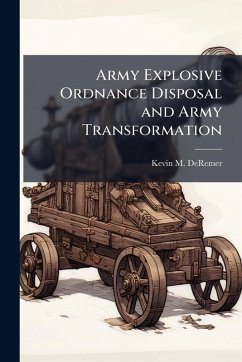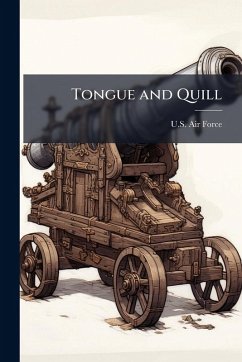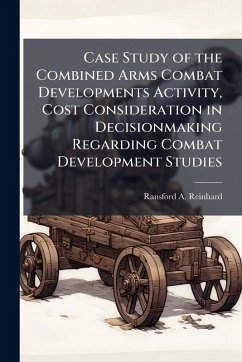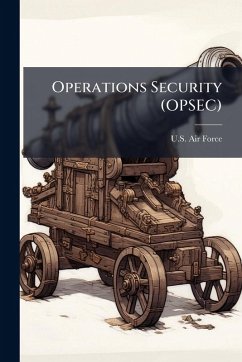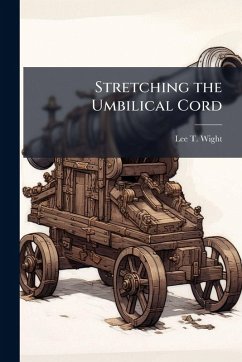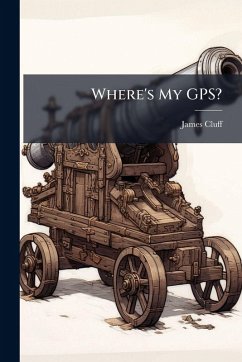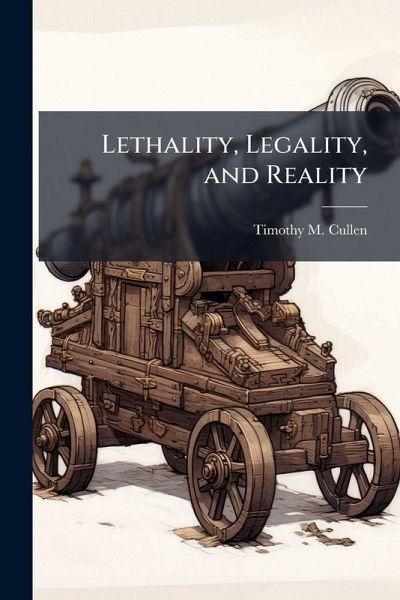
Lethality, Legality, and Reality

PAYBACK Punkte
9 °P sammeln!
This study evaluates the potential for non-lethal weapons to become viable tools for the air support of ground forces in military conflicts. During the Cold War, the US Air Force developed conventional air-support aircraft and munitions to fight Soviet mechanized infantry and armor in the central plains of Europe. Since the end of the Cold War, the United States increasingly confronts adversaries in situations where it is not in the national interest to use destructive force. In response to this new security environment, the Department of Defense has established the Joint Non-Lethal Weapons Pr...
This study evaluates the potential for non-lethal weapons to become viable tools for the air support of ground forces in military conflicts. During the Cold War, the US Air Force developed conventional air-support aircraft and munitions to fight Soviet mechanized infantry and armor in the central plains of Europe. Since the end of the Cold War, the United States increasingly confronts adversaries in situations where it is not in the national interest to use destructive force. In response to this new security environment, the Department of Defense has established the Joint Non-Lethal Weapons Program and deployed a myriad of non-lethal devices to conflicts around the world. All non-lethal weapons in the US armed forces, however, are ground weapons and are severely limited in range. Aircraft could provide the perspective and added range joint force commanders desire; thus, this thesis explores the potential for aircraft to provide non-lethal force options. Many factors contribute to the viability and acceptance of non-lethal weapons for offensive air support. One is technology. This work has been selected by scholars as being culturally important, and is part of the knowledge base of civilization as we know it. This work was reproduced from the original artifact, and remains as true to the original work as possible. Therefore, you will see the original copyright references, library stamps (as most of these works have been housed in our most important libraries around the world), and other notations in the work. This work is in the public domain in the United States of America, and possibly other nations. Within the United States, you may freely copy and distribute this work, as no entity (individual or corporate) has a copyright on the body of the work. As a reproduction of a historical artifact, this work may contain missing or blurred pages, poor pictures, errant marks, etc. Scholars believe, and we concur, that this work is important enough to be preserved, reproduced, and made generally available to the public. We appreciate your support of the preservation process, and thank you for being an important part of keeping this knowledge alive and relevant.



